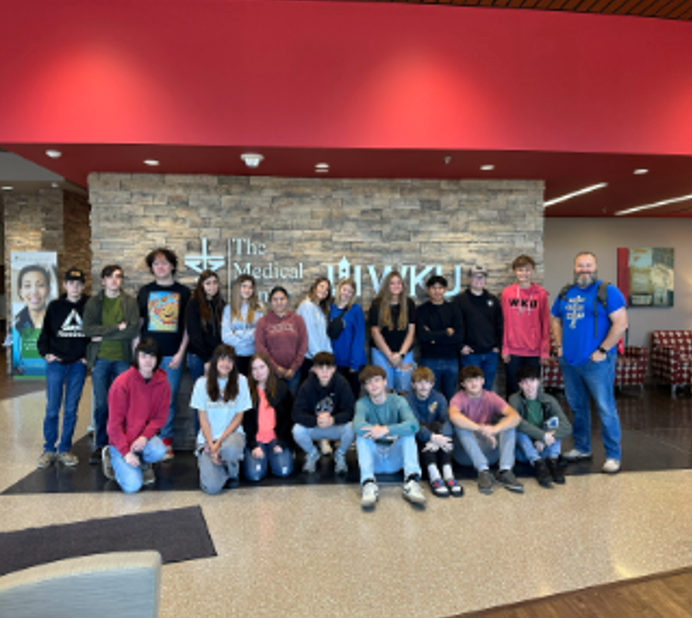Kentucky legislators – make teacher and school staff salaries competitive and put KIDS First
Kentucky legislators – make teacher and school staff salaries competitive and put KIDS First
We must pay Peter and Paul; enhance funding for House Bill 6
We’ve all heard the old saying about robbing Peter to pay Paul. Unfortunately, many Kentucky teachers and staff are either working second jobs or may find themselves in that very position – making tough decisions between paying the rent or buying food. Here’s the bottom line, Kentucky’s budget, if not improved upon significantly , will equal about a $58 per month raise for these dedicated professionals. On behalf of the children, teachers and school staff across the commonwealth, we can do better.
While we acknowledge the positive steps taken in House Bill 6, we believe it falls short in addressing a critical need – adequate funding for public schools. The main challenge we face in Kentucky is the ability to offer competitive pay for teachers and other school staff. This urgent priority needs additional attention as the Support Education Excellence in Kentucky (SEEK) Bases and SEEK Allotments, as proposed in the budget, do not provide the funds necessary to make education salaries competitive. The SEEK funding program is a formula driven allocation of state provided funds to local school districts. The formula includes funding for transportation costs and special needs students as reported by districts.
We appreciate the proposed increase in SEEK; however, in essence it will only provide enough revenue for districts to provide an approximate 2% raise for teachers and staff, even if every single dollar of the increased amount of SEEK goes directly to employee raises. We urge lawmakers to consider the broader picture. With record revenues and substantial budget reserves, now is the time to take a bold step toward prioritizing our education system. Investing in our schools means investing in the future of Kentucky.
We do applaud proposed legislation that includes strong investments in the Teacher Retirement System (TRS) pension program, the Medical Insurance Trust Fund and increasing funding for student transportation, facility equalizations, school resource officers and student teaching stipends. We’re also happy to see a pilot Teacher Recruitment Loan Forgiveness Program. Still, we must do better by our teachers and school staff, or they will leave Kentucky for higher pay or leave the profession entirely.
We cannot continue to rob Peter to pay Paul – we must find a way to pay Peter and Paul – both the SEEK Bases and SEEK Allotments are essential in providing the recurring funding necessary to provide crucial learning resources for students and increasing salaries for the professionals who serve them. Education is a people business and the quality of the professionals working with and around our students is the key to our success.
When looking at our investment in the SEEK Bases and SEEK Allotments over the years, the math is simple – we are not keeping up with inflation. Not only does this impact our ability to provide critical learning resources for students in our classrooms and much needed salary increases for staff, the SEEK distribution formula ensures these funds are distributed equitably among school districts.
We urge the Kentucky General Assembly to implement a funding plan to get P-12 Education Back on Track to the 2008 buying power over the next four years :
- To accomplish this, we are asking for a SEEK Base target of $5,400 over the next four years which will provide the best funding our state has ever provided our schools since 2008. Over four years, we would be back to buying power Kentucky has provided.
- As a next step, we need to add $300 each year to the SEEK base – $4,500 in FY25 and $4,800 in FY26.
- This money will provide game-changing competitive salaries for teachers and staff serving our schools and districts as well as classroom resources to support student learning.
- These funds will also make our schools safer and address chronic absenteeism.
This funding will show our commitment to Kentucky’s future workforce, economic and community development, all of which begin in our public schools where children learn to become the very best version of themselves.
Dr. Jim Flynn
Executive Director
Kentucky Association of School Superintendents
The post Kentucky legislators – make teacher and school staff salaries competitive and put KIDS First appeared first on KidsFirstKY.







